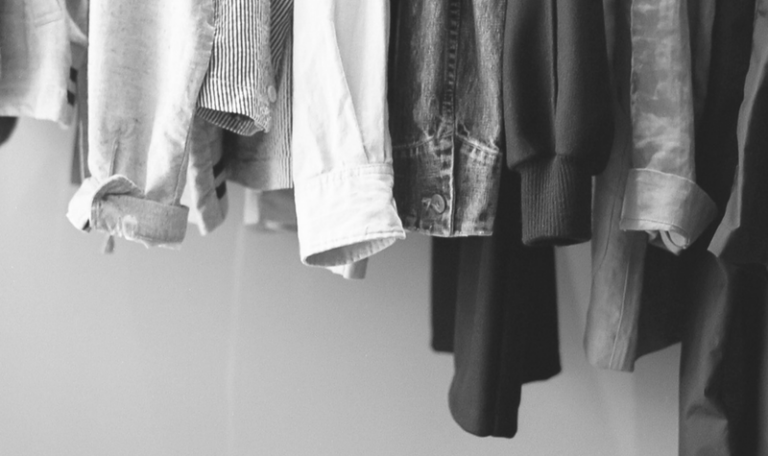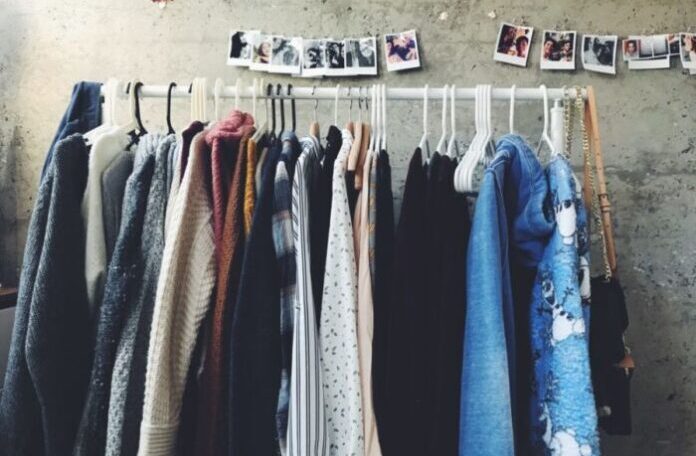In recent years, there has been a significant shift in the fashion industry towards sustainability and ethical consumerism. One noteworthy trend that has gained immense popularity is the increasing demand for second-hand clothes. This global phenomenon has found a remarkable example in Japan. In Japan a top brand has embraced the trend by opening a dedicated store for pre-loved fashion items. In this blog, we will delve into the reasons behind the surge in demand for second-hand clothing. And will be exploring the environmental, economic, and social aspects of this transformative movement.
The Environmental Impact
One of the primary drivers behind the rise in second-hand fashion is the growing awareness of environmental issues. Fast fashion, characterized by rapid production and disposal of cheap clothing, contributes significantly to pollution and waste. Consumers are becoming more conscious of the environmental impact of their choices. They are turning to second-hand clothing as a sustainable alternative. By giving a second life to garments, individuals contribute to the reduction of textile waste and the conservation of resources.

Economic Considerations
The economic aspect of the second-hand clothing market cannot be ignored. As consumers seek quality items at affordable prices, the second-hand market provides a viable solution. In Japan, renowned brands have tapped into this demand by offering curated selections of gently worn, high-quality clothing. This not only attracts budget-conscious consumers but also those who appreciate the value of well-made garments. Additionally, buying second-hand allows individuals to access luxury and designer items at a fraction of their original cost.
Cultural and Social Influences
Japan, with its rich cultural heritage and emphasis on craftsmanship, is at the forefront of the second-hand fashion movement. The cultural practice of ‘mottainai,’ which translates to a sense of regret over waste, aligns perfectly with the ethos of second-hand shopping. Moreover, there is a growing social acceptance and even admiration for those who choose sustainable fashion options. This shift in perception has made second-hand shopping not only economically sensible but also socially fashionable.

The Role of Technology
The rise of online platforms has significantly contributed to the accessibility and popularity of second-hand clothing. Mobile apps and websites dedicated to pre-owned fashion make it easier for consumers to browse, buy, and sell items. The convenience of online shopping combined with the allure of unique, one-of-a-kind pieces has further fuelled the demand for second-hand fashion.
Japan’s Top Brand Embraces Change
A testament to the second-hand fashion revolution in Japan is the bold move by a top brand to open a store exclusively dedicated to pre-loved clothing. This strategic decision not only aligns with consumer preferences but also positions the brand as a pioneer in sustainable fashion practices. The store offers a curated collection of second-hand items, ranging from casual wear to high-end fashion, catering to a diverse audience.
Conclusion
The growing demand for second-hand clothing reflects a positive shift in consumer attitudes towards sustainable and ethical fashion. Japan’s embrace of this trend, exemplified by the opening of a dedicated store by a top brand, marks a significant milestone in the global movement towards a more conscious and responsible fashion industry. As more individuals recognise the environmental, economic, and social benefits of second-hand fashion, it is clear that the revolution is here to stay.

Faqs
- Why is there a growing demand for second-hand clothes?
- The increasing awareness of environmental issues and the desire for sustainable and ethical fashion choices are major drivers behind the rising demand for second-hand clothes. Consumers are seeking alternatives to fast fashion and are looking to reduce their environmental footprint.
- What environmental impact does second-hand fashion have?
- Second-hand fashion helps reduce textile waste and minimises the need for new production, lowering the overall environmental impact of the fashion industry. By extending the life of clothing items, individuals contribute to the conservation of resources and a decrease in pollution associated with fast fashion practices.
- How does second-hand shopping contribute to the economy?
- Second-hand shopping provides an affordable alternative for consumers, allowing them access to high-quality items at a fraction of the original cost. This stimulates economic activity within the second-hand market and supports sustainable consumption practices.
-
What cultural influences contribute to the popularity of second-hand fashion in Japan?
- The Japanese cultural concept of ‘mottainai,’ which encourages a sense of regret over waste, aligns with the ethos of second-hand shopping. Additionally, Japan’s appreciation for craftsmanship and quality contributes to the growing acceptance and popularity of pre-loved fashion items.
- How does technology play a role in the second-hand fashion market?
- Technology has significantly contributed to the accessibility of second-hand clothing through online platforms. Mobile apps and websites dedicated to pre-owned fashion make it easier for consumers to browse, buy, and sell items. The convenience of online shopping has played a crucial role in the widespread adoption of second-hand fashion.
- Can I find luxury and designer items in the second-hand market?
- Yes, the second-hand market offers a treasure trove of luxury and designer items at more affordable prices. Many individuals and curated stores, especially in Japan, specialise in offering high-end second-hand fashion, allowing consumers to access luxury pieces without the hefty price tag.
- How does Japan’s top brand contribute to the second-hand fashion movement?
- Japan’s top brand has embraced the second-hand fashion trend by opening a store exclusively dedicated to pre-loved clothing. This strategic move aligns with the growing consumer preference for sustainable fashion and positions the brand as a leader in ethical practices within the industry.
-
Is second-hand fashion socially acceptable?
- Yes, there is a growing social acceptance and even admiration for those who choose second-hand fashion. As sustainability becomes a more prominent value in society, individuals who opt for pre-loved clothing are often seen as fashion-forward and environmentally conscious.
-
Are there specific items available in the second-hand market?
- The second-hand market offers a diverse range of items, from casual wear to high-end fashion. Consumers can find anything from everyday clothing to unique and one-of-a-kind pieces, making second-hand shopping a versatile and exciting experience.
- How can I participate in the second-hand fashion movement?
- To participate in the second-hand fashion movement, consider donating, selling, or buying pre-loved items. Explore local thrift stores, online platforms, or dedicated second-hand stores to find a wide variety of clothing options. By making conscious choices, you contribute to a more sustainable and ethical fashion industry.



